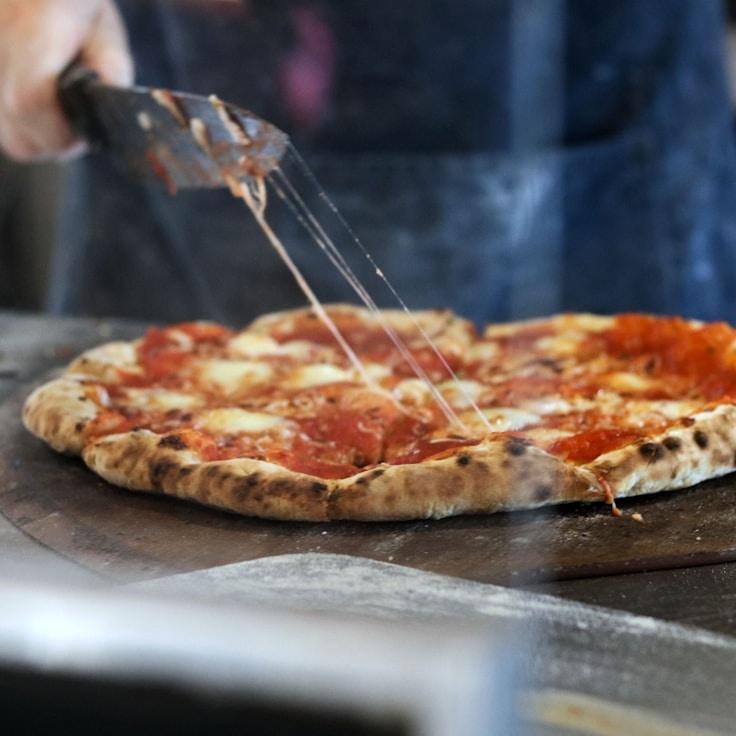At WindCrestPark, we're convinced that the secret to outstanding pizza lies in the dough's quality. With over thirty years of refining our dough, we're thrilled to unveil some of our dough crafting tips. Our exact recipe stays under wraps to keep tradition alive, yet these key pointers will assist you in achieving pizzeria-grade pizza dough right in your kitchen.
Importance of Flour
The cornerstone of a stellar pizza dough is premium flour. We advocate for 00 flour, an ultrafine Italian variety with a moderate protein quotient, around 12%. This strikes a sublime equilibrium of structure and suppleness in the dough. In its absence, bread flour makes a viable alternative, though there will be a minor texture variance.
Fine-Tuning Water Temperature and Dough Hydration
The water's heat can determine fermentation pace and dough maturation. Choose cooler water at 45°F (7°C) for a drawn-out fermentation that enhances taste, or lukewarm water at 85°F (29°C) for a speedier process. Aim for a dough hydration of 60-70% to suit most residential ovens.
Yeast Quantities and Fermentation Duration
To infuse the dough with rich flavors, opt for minimal yeast and maximize fermentation time. We use just 0.2% fresh yeast compared to the flour capacity for doughs undergoing a 24-48 hour fermentation. This gradual fermentation draws out intricate flavors and yields a more digestible dough.
Salt's Dual Role
Salt isn't merely for seasoning; it reinforces the gluten mesh and moderates fermentation. Use finely milled sea salt at 2.5-3% of your flour mass, adding it once the flour and water have begun amalgamating, thus shielding the yeast from direct salt contact.
Fermentation Craft
Post-mixing, let the dough bulk ferment at ambient temperature for two hours, then separate it into individual portions. Encase these in lidded containers and chill them for 24-72 hours. This refrigerated fermentation truly elevates your dough as enzymes transform starch into sugars, endowing flavor and the crust's signature browning.
Handling Dough Delicately
When you're set to bake, bring out the dough from cold storage 1-2 hours before to temper it. Handle it with care to maintain the built-in air pockets. Rather than rolling, utilize your fingertips to tenderly press and shape the dough.
Applying the Right Amount of Heat
Even though our ovens heat up to a blistering 850°F (454°C), typical household ovens usually cap at 550°F (288°C). Bridge this gap by using a pizza stone or steel, preheated for a minimum of one hour, providing sufficient underside heat for a crisp crust and fluffy core.
Honing pizza dough skill is a continuing adventure. Every preparation offers insight. We urge you to document outcomes, tweak elements, and identify what resonates with your own culinary space.
If our dough crafting process piques your interest, consider attending a session of our monthly pizza workshops where Chef Julian delves into these techniques exhaustively. Refer to our events calendar to pinpoint the next session!

